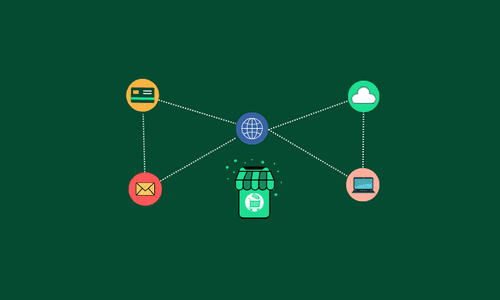Introduction
In today’s fast-paced and ever-changing business environment, companies are constantly seeking new and innovative ways to reach their target audience and increase sales. One of the most effective strategies for achieving this goal is by adopting an omnichannel approach. An omnichannel approach is a holistic marketing strategy that focuses on providing a seamless and integrated experience across all channels of communication. This approach is not limited to any specific platform or device but encompasses all touchpoints, including social media, email, mobile apps, websites, and physical stores.
B2B companies can leverage an omnichannel approach to strengthen their customer relationships, streamline their sales process, and increase their overall revenue. This approach enables B2B companies to meet the needs of their customers, regardless of their preferred communication channel, by providing a consistent and personalized experience across all channels.
Creating an omnichannel approach for your B2B business requires a strategic plan and careful execution. Here are some key steps to consider:
Step 1: Identify Customer Needs and Preferences
The first step in creating an omnichannel approach is to identify the needs and preferences of your customers. Conduct market research and collect data on how your customers interact with your business. This will help you determine which channels your customers prefer to use, such as social media, email, or phone. Additionally, you should also gather information on the type of content your customers prefer, such as videos, whitepapers, or webinars.
Step 2: Establish a Consistent Brand Experience
Once you have identified the channels your customers prefer to use, it is essential to establish a consistent brand experience across all channels. This includes maintaining a consistent tone of voice, visual identity, and messaging across all platforms. Ensure that your website, social media channels, and marketing collateral all reflect your brand’s values and goals.
Step 3: Develop a Comprehensive Content Strategy
An effective omnichannel approach requires a comprehensive content strategy. This means creating relevant and engaging content that can be distributed across all channels. Your content should align with your customer’s needs and preferences, as identified in step one. For example, if your customers prefer video content, consider creating a series of educational videos that can be shared across all channels.
Step 4: Integrate Customer Data Across Channels
To create a seamless customer experience, it is crucial to integrate customer data across all channels. This includes collecting and sharing customer data across all touchpoints, such as your website, email, and social media channels. This will help you to create a more personalized experience for your customers and ensure that their needs are met consistently across all channels.
Step 5: Utilize Technology to Support the Omnichannel Approach
Technology plays a critical role in supporting an effective omnichannel approach. Invest in tools and systems that can help you to manage customer data, automate communication, and analyze customer behavior across all channels. This will help you to optimize your approach and identify areas for improvement.
Step 6: Measure and Optimize Your Approach
Finally, it is crucial to continually measure and optimize your omnichannel approach. Use data analytics tools to track customer behavior, engagement, and conversion rates across all channels. This will help you to identify which channels are performing well and which ones need improvement. Use this data to make informed decisions about your marketing strategy and refine your approach to ensure that you are delivering the best possible customer experience.
Conclusion
In conclusion, creating an effective omnichannel approach requires a strategic approach that involves identifying customer needs and preferences, establishing a consistent brand experience, developing a comprehensive content strategy, integrating customer data across channels, utilizing technology to support the approach, and measuring and optimizing the strategy continually. By following these steps, B2B businesses can create a seamless customer experience across all touchpoints and increase customer loyalty and sales. To make B2B manufacturing businesses more efficient, WizCommerce has developed a user-friendly digitization tool to simplify and streamline their pre-sales operations. With the help of our software, you can manage your designs and sample data with our super easy-to-use Product Information Management (PIM) system.
You can create customized catalogs and quotations in buyer formats in less than 10 minutes, and share it with your buyers instantly.
